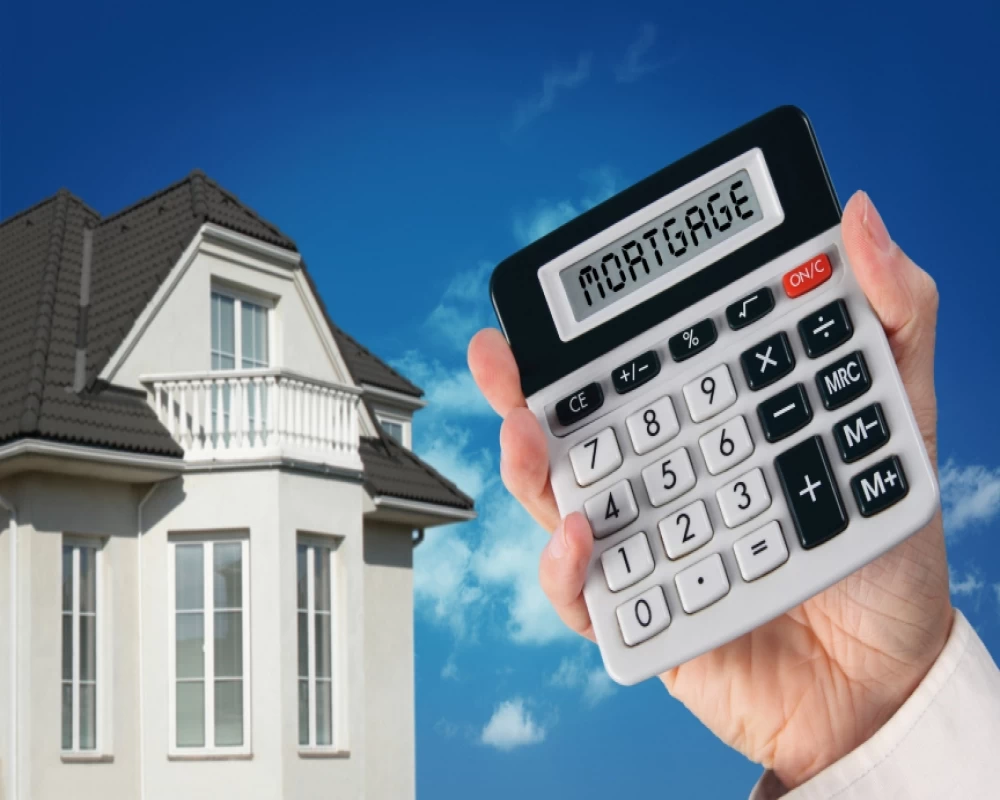Tips To Get Mortgage for Your Overseas Property Purchase

Your overseas property purchase doesn’t need to be stopped by financing. You can apply for a mortgage. However, getting mortgage for foreign property isn’t like getting a mortgage at home. This article considers some ways to tip the balance in your favor.
Why bank financing isn't always available for overseas property
When it is available and comes with no string attached, bank financing is the best option to buy foreign real estate. But alas, it’s not usually available. In many markets, it's hard to get loans as a foreign buyer. In Colombia for example, banks don't care if you're a legal resident, as long as you're a foreign buyer, you're not getting mortgage. It's easy to see why this is so. A foreign buyer isn't tied to the country; he can up and leave at any time, taking the bank's money with him. Banks wouldn't want to take this risk. Hence the hassles of getting mortgage for foreign property. This is one of the things stopping passionate investors from traversing foreign lands.
Resident and non-resident bank financing
So, let's say bank financing is available; it most likely would come in one of the following categorizations:
Ø Resident financing: Except for countries like Colombia, most local banks would treat your loan application as they would treat that of a citizen if you're a legal resident. You'll have to prove credit worthiness just like any citizen and may not have to go through any other process or requirements. This is called resident financing.
Ø Non-resident financing on the other hand is difficult to secure. Wherever it is available (countries like France, US, Mexico, Panama, The Dominican Republic, Portugal and New Zealand), it comes with a number of restrictions and requirements. Also, the rate you get may not be favorable, except in France, where it's possible for a non-resident with good credit to access a 20-year mortgage at a rate of just 2.25 percent.
Tips To Get Mortgage When Buying Foreign Property
So, here are some tips to help you secure mortgage when buying foreign real estate
1. Don't go it alone.
Even professional property investors get professional assistance when buying foreign property; this could be through experienced local agents or friends. They understand that investing overseas is a much different ball game. If you're in the UK, you can seek the help of an agent selling property overseas through the following bodies:
- The Association of International Property Professionals (AIPP) and
- The National Association of Estate Agents International
2. Find a bank that has a presence in your country and the country in which you want to buy a property.
According to Glenn Carter, a Canadian investor who works for Condo Capital "The problem is a foreign credit score does not count for anything, it's just like having no credit score”. This means the interest rates you’ll be quoted will be that of someone with no credit. But a bank with presence in your home country will offer favorable rates. "The interest rate I was quoted from a US Bank was 9%, versus the 3% we got from a Canadian bank with branches in the US.” Carter says.
3. Get an Agreement in Principle
Before signing any contracts or paying deposit, get an Agreement in Principle. Learn more about Agreements in Principle. If you're planning on getting finance on the house, make sure this is explained in the contract, and seek an 'opt-out clause' if the loan is not agreed. This will ensure any first deposit paid is refunded.




